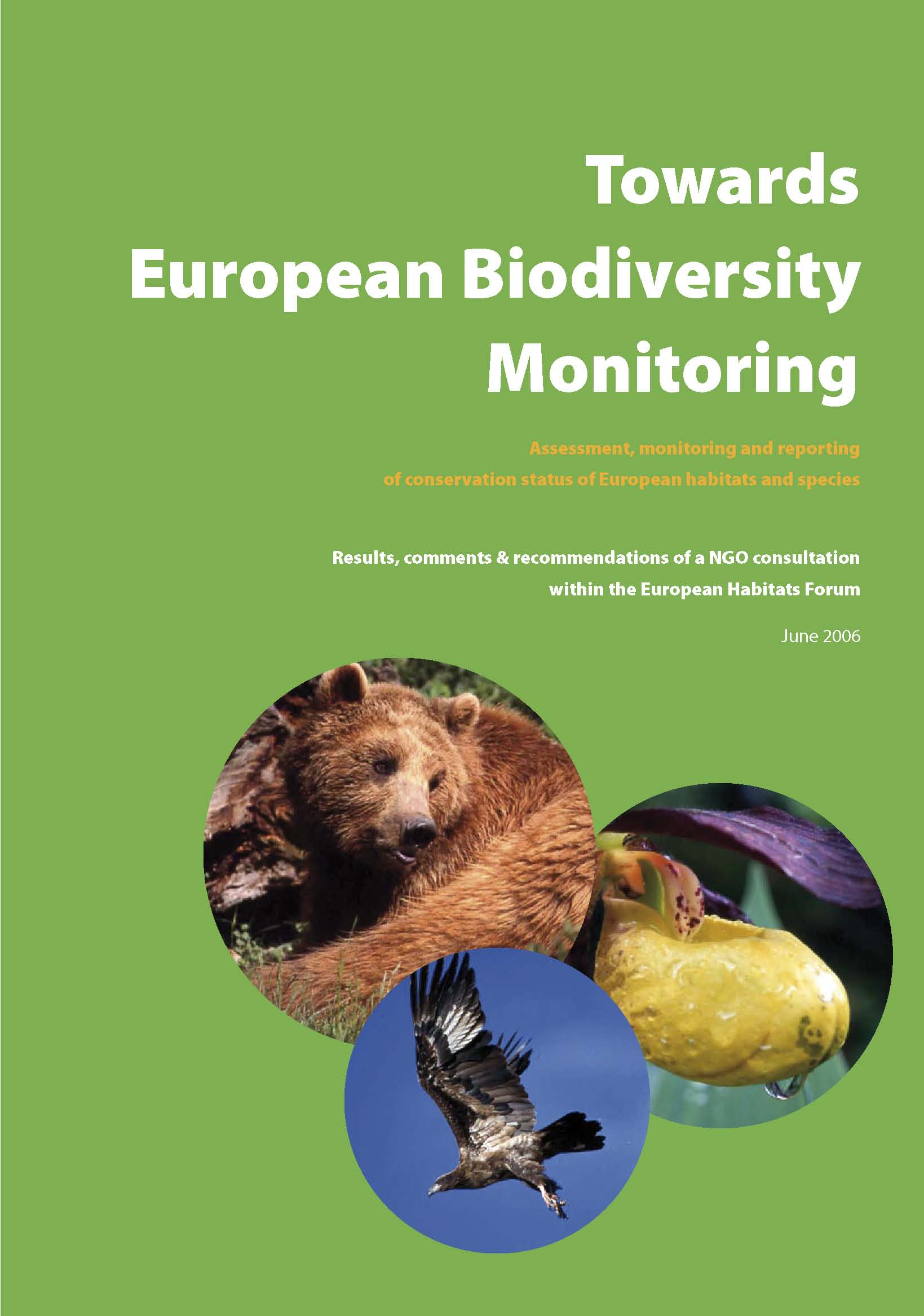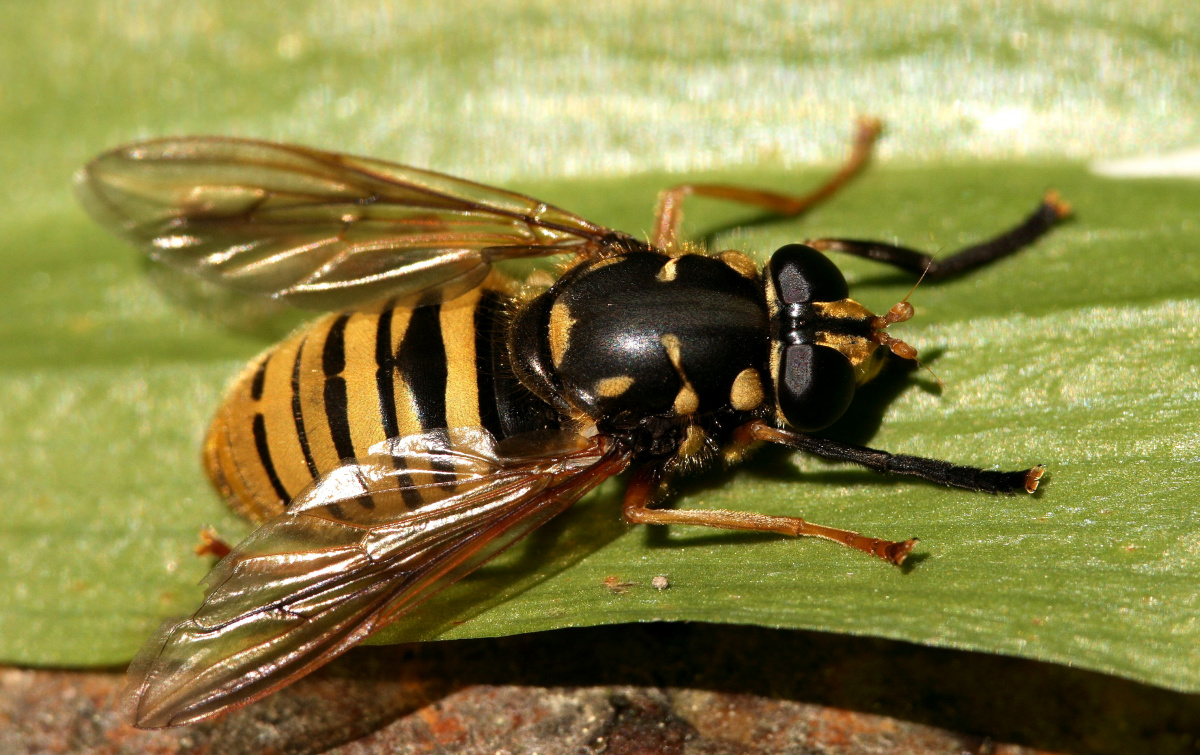Story | 24 Feb, 2008
European Habitats Forum: Towards European Biodiversity Monitoring
In 2007 the EU Member States were required to monitor, report and assess the conservation status of all species and habitats which are listed in the annexes of the Habitats Directive, for their countries. To assist in this process the EHF members and partners, led by WWF, undertook the same exercise for 20 species and 8 habitats across a range of countries, to provide some preliminary results and share experience gained from these case studies. It has also resulted in some general recommendations which are given in the report as “Ten steps towards effective Europe an biodiversity monitoring”.

Photo: European Habitats Forum
Contents:
- The State of Nature in Europe
- Setting the Context
- Assessment, Monitoring and Reporting Requirements
- Reporting Forms
- Comments & Recommendations
Specific recommendations
Further analysis, comments and detailed recommendations are provided in sections 4 and 5, but the most important ten steps to establishing an effective monitoring system can be summarised as:
- Ensure a streamlined approach is taken when using biodiversity data to meet the various monitoring requirements for different EU policies, such as nature conservation, water management and rural development, and that these different monitoring obligations are compatible.
- Fully integrate civil society in the monitoring process, to allow timely and adequate input at the national and EU level.
- Special attention must be made to the setting of Favourable Reference Values (FRVs) in the European Commission evaluation of the national reports, and improve as necessary, the guidance and practical advice.
- Integrate NGO recommendations for setting FRVs, as given in section 3.4 of this report.
- Ensure the integration of biogeographical aspects (connectivity and trans-boundary perspectives etc) within the monitoring scheme.
- Member States should dedicate a specific section of their reports to assessing the contribution of management measures adopted for the Natura 2000 network, and special species conservation measures.
- Member States must improve the data situation within the 6-year period before the next report.
- Establish adequate monitoring procedures for marine habitats and species. Clear guidance is needed with concrete actions and clear responsibilities.
- Implement a “biogeographical seminars process” for monitoring, for all biogeographic regions, starting in 2008 in a similar way to those undertaken for Natura 2000 site selection, with a focus on concrete results and obligations for action. Member States should be required to take actions to improve the conservation status of habitats and species within the next six years.
- Promote the establishment of a similar monitoring system for the signatories of the Convention on the conservation of European wildlife and natural habitats in order to ensure the assessment of the conservation status of habitats and species is included in the annexes of the convention.
- The State of Nature in Europe
- Setting the Context
- Assessment, Monitoring and Reporting Requirements
- Reporting Forms
- Comments & Recommendations
- Annexes



